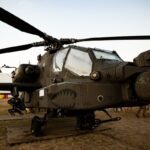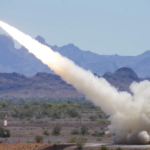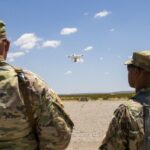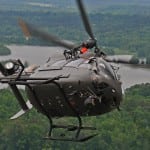
Part of the Army’s main legal job is to ensure soldiers receive the right equipment to be ready for whatever mission they are called upon to perform and the new Army Equipping Guidance—2013 through 2016 aims to do so “at the absolute least possible cost," the Army Vice Chief of Staff said in the foreword. Force structure and stationing changes are being undertaken at the same time as troops withdraw from Afghanistan, equipment is also returning and must be put…

 By
By 











